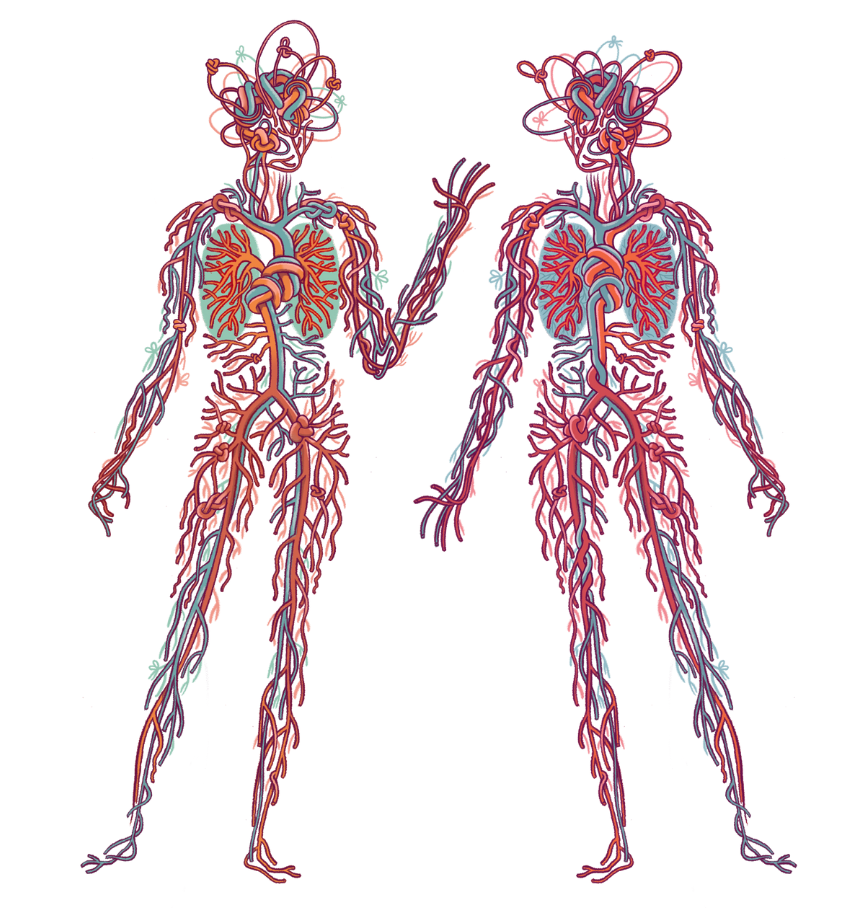How to shift your nervous system in less than 60 seconds
If you struggle with low energy, lack of motivation, or feeling stuck in procrastination, you're likely experiencing nervous system dysregulation. This simple breathwork technique helps shift your state from hypoarousal to your optimal Window of Tolerance in under a minute. I keep this Post-It on my computer to remind myself to SHIFT MY STATE. I tend to wallow when I’m feeling flat. To beat myself up for not being productive. To wish I had more drive. Of course I know fully well that wishing and wallowing doesn’t do anything for me. Action does. So I need a physical cue to remind me that focus, energy, motivation are states I need to actively create. The Breath Technique: From Hypoarousal to Energized An easy and quick way to do that, especially when you’re already sitting down behind your computer, is using your breath to generate energy: Take 15 seconds of vigorous, deep breathing: inhale strongly through your nose, exhale with a quick, powerful “ha” or “pah” sound Hold on full lungs for 6-15 seconds Repeat for 2-4 rounds You might feel a bit silly but you’ll quickly get over that once you realize that you’re creating a very rapid physiological shift in your system: Activating sympathetic nervous system, raising...
